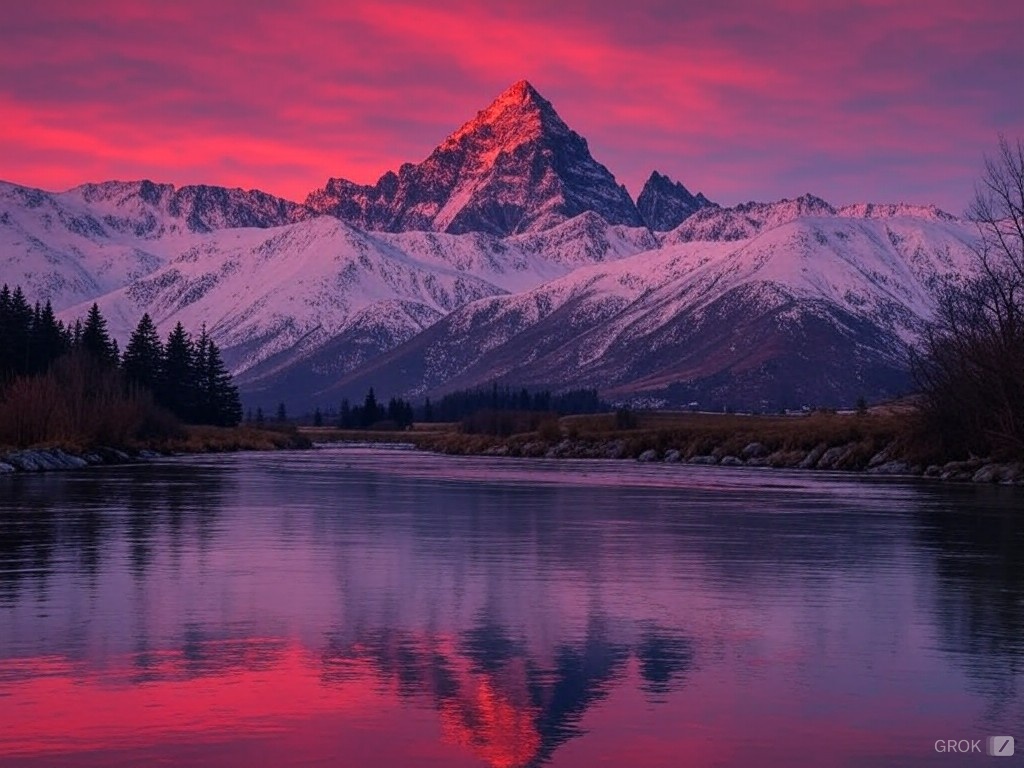Hey there! If you’ve ever gotten your hands dirty with game development, specifically with Unity, you know the thrill of bringing a game landscape to life. But let’s face it, crafting that perfect, immersive environment can sometimes feel like you’re trying to climb a mountain, in the dark, without a map. Does that sound about right?
Now, let me take you on a bit of a detour here—imagine you’re not just creating a level, but a world where players will lose themselves for hours. It’s not just about slapping some textures onto a 3D model; it’s about weaving a narrative into the very terrain they walk on. That’s what makes Unity such a powerhouse in the realm of level design. It’s like having a Swiss Army knife… but for building game worlds.
Contents
The Heartbeat of Any Game
Think about your favorite game for a moment—what pulls you in? Sure, compelling characters and a gripping storyline are crucial, but the terrain, oh the terrain! It sets the stage for every skirmish, every exploration. That’s why mastering the terrain tools in Unity is akin to learning the language of your game. But of course, it’s not always a walk in the park.
Where to Start?
Whether you’re a seasoned pro or a fledgling designer, Unity offers a playground of opportunities. Starting with the Terrain Engine, you sculpt, mold, and tweak the virtual ground. But here’s a little secret: it’s easy to get overwhelmed. You ever find yourself staring at your screen, cursor blinking, and suddenly you’re wondering if maybe you should’ve been a park ranger instead?
But fear not! Step by step, you’ll find that creating complex terrains becomes more intuitive. For instance, adjusting heightmaps can feel a bit like being a god—altering mountains here, carving out rivers there. And let’s not even get started on the brush tool—classic! It’s just… there’s something immensely satisfying about painting your world into existence, isn’t it?
Texture: Bringing Life to the Lifeless
But terrain isn’t just about shape. The surface texture can turn a bland polygon into a vibrant environment. Unity’s layer-based approach can, hm, how to put it? It’s like creating a cake, layers upon layers, with each slice offering something new—gravel paths, lush grass, sinister mud… It’s mesmerizing, really.
Yet, adding textures is where I’ve seen many bright-eyed designers hit a wall. It’s not just choosing the right texture (though, between you and me, that’s a thrill in itself), but mastering the tile size, the offset—ah, the devil truly is in the details, isn’t it?
And let’s not even start on the lighting. Oh boy, lighting! It’s another beast to tame, but when you get it right, it transforms the terrain from a simple ‘map’ to a scene that feels alive. The way light plays off a snow-capped peak or a dim, eerie swamp? Absolutely chef’s kiss!
Look, It’s Not Always Smooth Sailing
Now, don’t get me wrong—I’ve had my fair share of head-scratchers and, eh, let’s call them learning experiences. There was this one time I spent hours on a mountain range, only to realize I’d neglected pathways for player progression. Back to the drawing board! It was frustrating, sure, but also a lesson in planning and player perspective.
So, where am I going with all this? Well, whether you’re tackling your first game level or looking to refine your skills, remember that every twist and turn of the learning process is worth it. Unity isn’t just a tool; it’s a canvas where your wildest game landscapes can take shape—a bit like painting, but the results can chase you with an axe (in-game, hopefully).
Feel like you’re ready to dive in but could use a guide? Or maybe you have a project brewing, but you’re not quite sure how to tackle the terrain? Drop me a line at [email protected]. Let’s craft those stunning game levels together!
